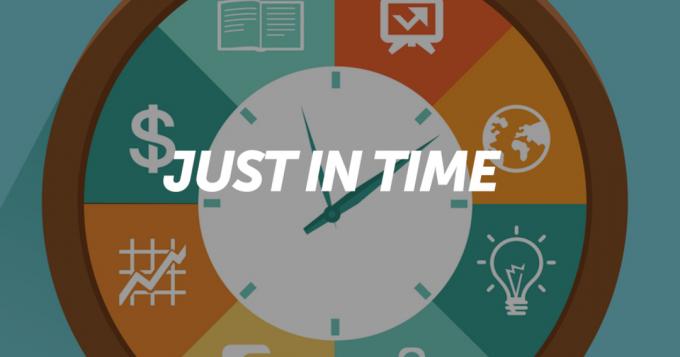Also known as Toyota Production System, Toyotism is a Japanese model of producing goods that produce only in quantities needed by demand to avoid waste.
See below 5 features that will help you learn more about Toyotism.
1. Principle of flexible accumulation

Toyotism's principle of flexible accumulation arose because of limitations faced by Japan. It is important to emphasize that the limitations are not just geographical. At that time, Japan was restructuring its industrial park, due to the destruction of World War II and the agreements with the Americans. Toyotism was a way to streamline production and lower costs.
The country requires the import of many raw materials and has little space to store large amounts of stock.
The concept of Toyotism came to present a logic totally different from that presented by Fordism.
Fordism is based on mass production and stockpiling of a large quantity of goods.
Toyotism, in turn, is based on demand. Production is flexible and varies according to market needs.
This new approach brought by Toyotism aimed at the complete elimination of all waste and by for this reason, the products were only produced in sufficient quantities to satisfy the needs of the customers.
2. Multifunctional workforce

The participation of labor takes place differently from that used by other production systems.
In Taylorism and Fordism, for example, employees work at a single, determined stage of the production line.
One of the points that characterizes Toyotism, however, is the fact that workers work at various stages of the production line. In addition, employees also have more autonomy.
Thus, there is a decentralization of decision-making power, which is no longer just in the hands of administrators and managers.
An employee can, for example, interrupt the production process if he identifies a problem or an anomaly in production.
The role of each worker in Toyotist production may vary depending on the company's needs.
know more about Fordism and Taylorism.
3. Use the system just in time

O just in time, which can be translated as “just in time”, consists of a system created to detect demand in order to make production profitable.
Japan has a big problem of lack of available places to store large amounts of stock.
the concept of the system just in time came up with a solution: to start production only after the sales negotiation is done.
O just in time it is a form of management that combines the ordering of resources together from suppliers with the delivery schedules of final products.
In addition to avoiding waste, this concept also contributes to reducing inventory costs as the necessary resources will only be received when the production process starts. This way, they do not need to be stored waiting to be used.
Despite being efficient in terms of cost reduction, the just in time it can become a risk for factories. As resource orders are placed very close to the start of production, if a resource is depleted at the supplier, the factory may be forced to stop the production process.
Learn more about just in time.
4. Makes use of the Kanban method

The Toyotist production process requires employees to be aware of the evolution of production.
Kanban is a word of Japanese origin that means card or signaling.
These cards or signs are used by employees to indicate the progress of serial manufacturing.
Using the Kanban method, workers can indicate, for example, if a certain step is to be executed, in progress or completed.
Toyotism was responsible for introducing the Kanban method in order to have a detailed control over all occurrences in the production line.
know more about Kanban.
5. It has strict quality control

One of the most valued aspects of Toyotism is the quality of its products.
To achieve this goal, the Toyotism concept includes a great dedication to quality control.
This control takes place not only with regard to the final products, but also during all production steps.
It is based on this concern that employees have the autonomy to interrupt production, carry out corrections and necessary adjustments whenever they identify a problem that compromises quality.
In addition, the hired labor is also specialized, which favors the process.
